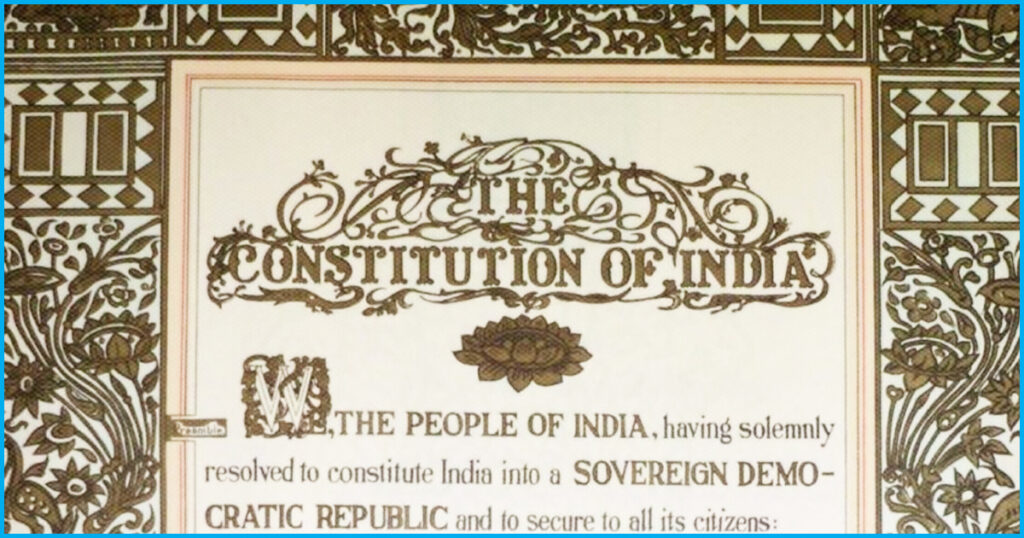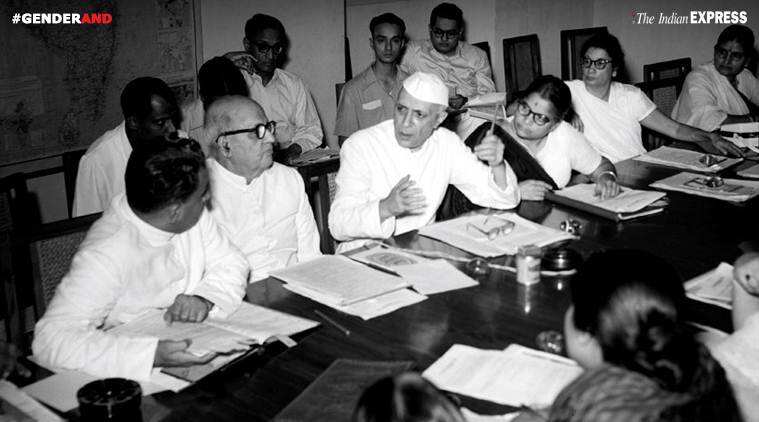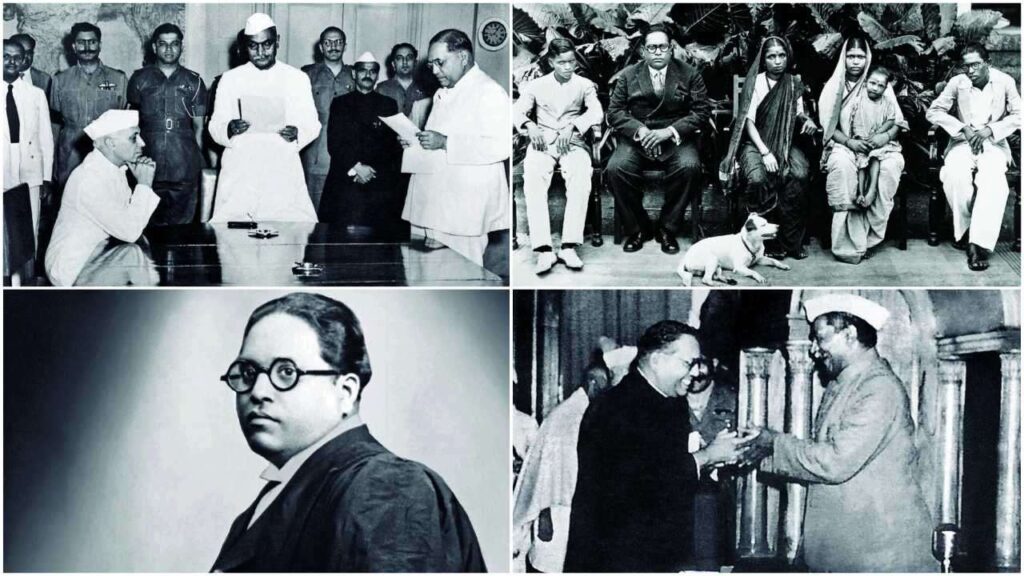Talking in layman terms, the Indian Constitution is the incomparable guideline book that sets out the directions to be followed for the administration of India. Before India was free, the Britishers made guidelines which were known as Acts, the last one being the Government of India Act 1935. These demonstrations were one-sided and denied numerous essential rights to Indian residents. At the point when our Constituent Assembly was shaped in 1946, a great deal of discussions and conversations occurred, before the pioneers thought of the last draft of the Constitution. In front of Constitution Day or Samvidhan Divas, we recollect BR Ambedkar, the planner of the Indian constitution. Constitution Day was first celebrated in 2015, when the public authority chose to stamp the day as a recognition for BR Ambedkar.

In May 2015, the Narendra Modi government declared that November 26 will be seen as Constitution Day consistently to advance the Constitutional values among residents. The year 2015 denoted the 125th commemoration of Babasaheb Bhimrao Ambedkar, the Chairman of the Drafting Committee of the Constitution. The Central government’s Ministry of Social Justice and Empowerment informed November 26 as Constitution Day on November 19, 2015. Before that, the day was seen as National Law Day as a recognition for Ambedkar, the primary law clergyman of the nation.

The main meeting of the Constituent Assembly, the board set up to draft the Constitution of India, met on December 9, 1946 in Constitution Hall, presently Central Hall of the Parliament, was gone to by 207 individuals, including nine ladies. Dr Rajendra Prasad, the then President of India, was chosen as the President of the Assembly. The board met for a very long time, 11 months and 18 days to draft the Constitution. The Constituent Assembly took just about three years (two years, eleven months and seventeen days to be exact) to draft the Constitution for Independent India. During this period, it held eleven meetings traversed more than 165 days, as indicated by the Lok Sabha site. Of these, 114 days were spent on the thought of the substance of the Draft Constitution. At first, the Assembly had 389 individuals, however after segment, a different Constituent Assembly was set up for Pakistan and the enrollment decreased to 299. The “Objectives Resolution” passed by Jawaharlal Nehru on December 13, 1946 was consistently embraced as Preamble on January 22, 1947. On the night of August 14, 1947, the Assembly met in the Constitution Hall again and took over as the Legislative Assembly of an Independent India.
On August, 29, 1947, the Constituent Assembly set up a Drafting Committee, one of its 17 advisory groups, under the chairmanship of BR Ambedkar to set up a Draft Constitution for India. Of the 7,635 revisions postponed, the board discarded upwards of 2,473 of them. Ultimately, the Constitution of India was received on November 26, 1949, the most recent day of the Assembly’s last meeting. It came to impact one year from now on January, 24 1950 after every one of the 283 individuals marked it. On that day, the Constituent Assembly stopped to exist, changing into the Provisional Parliament of India until another Parliament was established in 1952. The Constitution of India is one of the longest transcribed archives on the planet with 1,17,369 words in the English rendition.
The Constitution of India is a bunch of composed standards and points of reference of the Union of India that contains crucial political standards, methods, rights, mandate standards, limitations, and obligations of the public authority and the residents. A few highlights of the Indian Constitution have been obtained from ten nations, including Britain, Ireland, Japan, the USA, South Africa, Germany, Australia, and Canada. The Preamble of the Constitution announces India to be a sovereign, common, socialist, and majority rule republic and guarantees its residents’ uniformity, freedom, and equity. The term “Socialist” was added to the Preamble of the Constitution during the Emergency, by the 42nd Amendment Act of 1976. The Preamble has been revised just once up until now.








